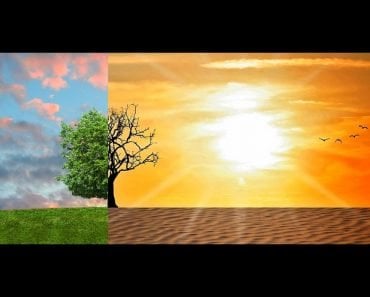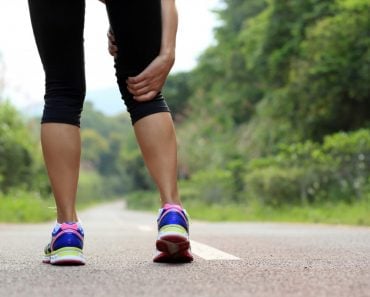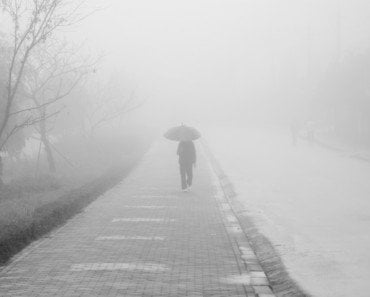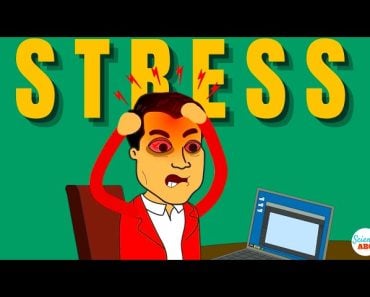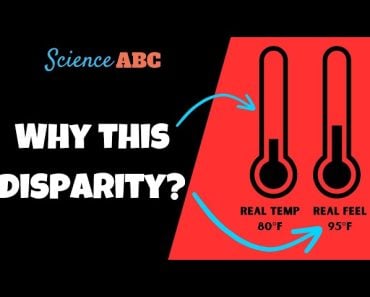Table of Contents (click to expand)
There is a direct relation between joint pains and changes in weather conditions, especially prior to the start of the rainy season. Although there doesn’t exist a concrete, undebatable theory of how it happens, there are a few hypotheses that blame the fluctuations in barometric pressure for the flaring up of joints.
You have probably heard the adults in your house, especially your grandparents, complain about the pain of old injuries in certain parts of their body in select climate conditions.
Although people may complain of aggravation from old wounds in practically all climatic conditions, it’s most commonly observed before the onset of rainy seasons. In fact, the grandfather of a friend of mine can predict the imminent arrival of rain when a particular part of his knee begins to ache. Strangely enough, he is often correct in his rain predictions!
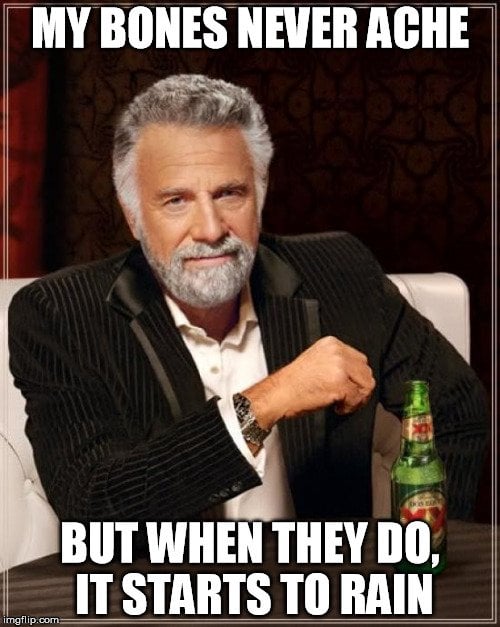
Why do fractured bones hurt so much in certain weather conditions? Is there any real connection between joint pain and weather conditions, or is it purely psychological?
Short answer: Yes, there seems to be a direct relation between joint pains and changes in weather conditions, especially prior to the start of the rainy season. Although there doesn’t exist a concrete, undebatable theory of how it happens, there are a few hypotheses that blame the fluctuations in barometric pressure for the flaring up of joints.
Recommended Video for you:
Pain In Bone Joints And Old Injuries Due To Changes In Weather
You may have heard arthritis patients complain about how their affected body parts get tensed and flared when the sky turns cloudy or the air becomes too humid. Even in your own case, you may have observed that certain old injury spots start to ache in particular kinds of weather.
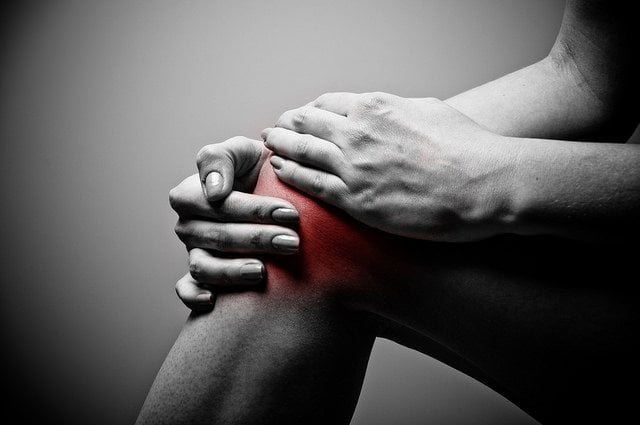
As mentioned earlier, the correlation between pain in the joints and weather seems to be so strong that people often predict weather conditions… correctly!
It cannot be denied that there is a definite connection here, and justifying that connection is one very popular hypothesis.
Changes In Barometric Pressure And Joint Aches
Barometric pressure is the force exerted by the atmosphere at a given point. It is measured by a device called a barometer.
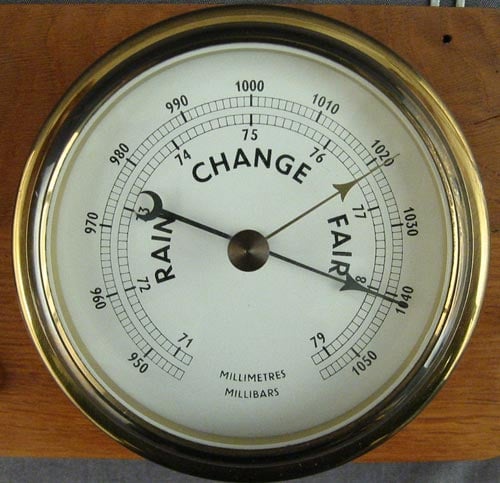
In simple words, barometric pressure is the weight of the air that surrounds and pushes down on us. Its magnitude varies with humidity and altitude.
A gradual increase in the barometric pressure is usually seen as a sign of improving weather, while a dip in the barometric pressure may reflect imminent inclement weather. The barometer “falls” (i.e., there is a drop in the barometric pressure) before the onset of rains or in stormy weather conditions.
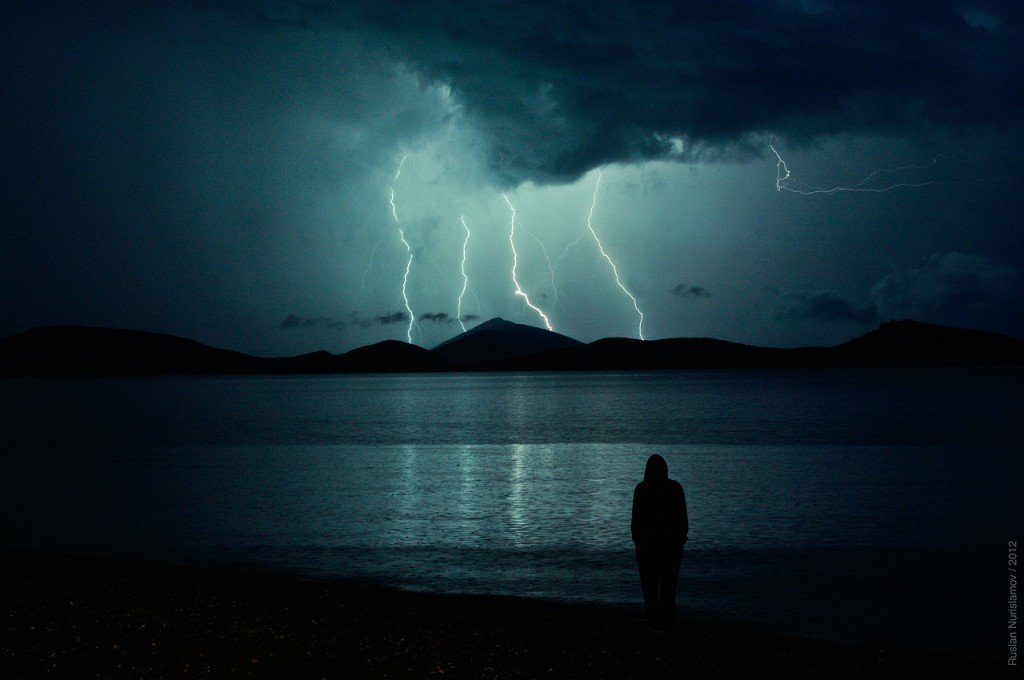
A drop in the barometric pressure before a storm causes the atmosphere to push less against the body, which allows the tissues around the joints to expand. These expanded tissues may then put excess pressure on the joints, resulting in painful sensation or ache in that particular joint. (Note: this is just a hypothesis as to how dipping barometric pressure can cause joint pains and is not experimentally proven as of now.)
Although changes in the barometric pressure are considered to be the key weather-related variable behind joint pain, there are other factors too, like humidity and temperature, that can cause your bone joints to flare up as well.
Notwithstanding the fact that the relation between weather and joint pain has been under scientific scrutiny since the early 20th century, unfortunately, we haven’t been able to find definitive evidence suggesting that there is a consistent effect from weather conditions on one’s health.

There are several reasons behind this: first, the swelling and discomforting sensation associated with changing weather occurs at too small of a scale to be objectively detected and measured by researchers. Therefore, they have to count on people’s subjective descriptions of their pain, which cannot be relied upon completely to derive 100% accurate conclusions.
What makes things even more difficult is that people respond differently to the same set of environmental conditions. While many people complain about their bone joints when the barometric pressure drops, there are plenty of folks who experience pain when the pressure rises. In other words, there are a lot of mixed and even contradictory responses to the same set of weather conditions, which exacerbates the debate further.
Furthermore, it’s not as if barometric pressure is the only variable in question here; we don’t know for sure which combination of weather conditions is the most discomforting.
Overall, we don’t know the exact reason why changing weather causes joint inflammation, but we do know that it’s experienced by many people, especially arthritis patients. On a lighter note, people seem to predict changes in weather very accurately based on that!
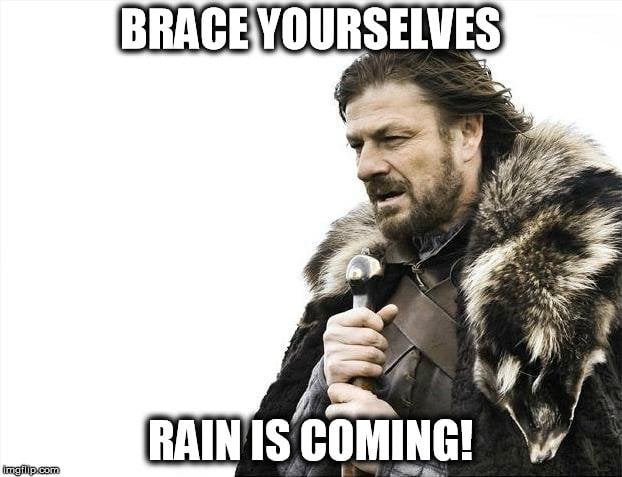
References (click to expand)
- Winter Aches and Pains | University of Utah Health. The University of Utah
- Can Weather Make Joints Ache? | Rush System. Rush University Medical Center
- University Specialty Clinics - South Carolina School of Medicine - specialtyclinics.med.sc.edu:80
- Smedslund, G., & Hagen, K. B. (2011, January). Does rain really cause pain? A systematic review of the associations between weather factors and severity of pain in people with rheumatoid arthritis. European Journal of Pain. Wiley.



